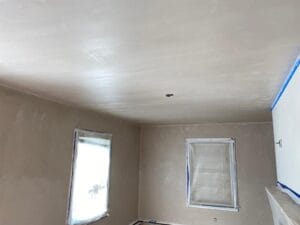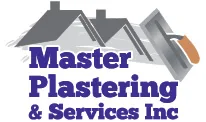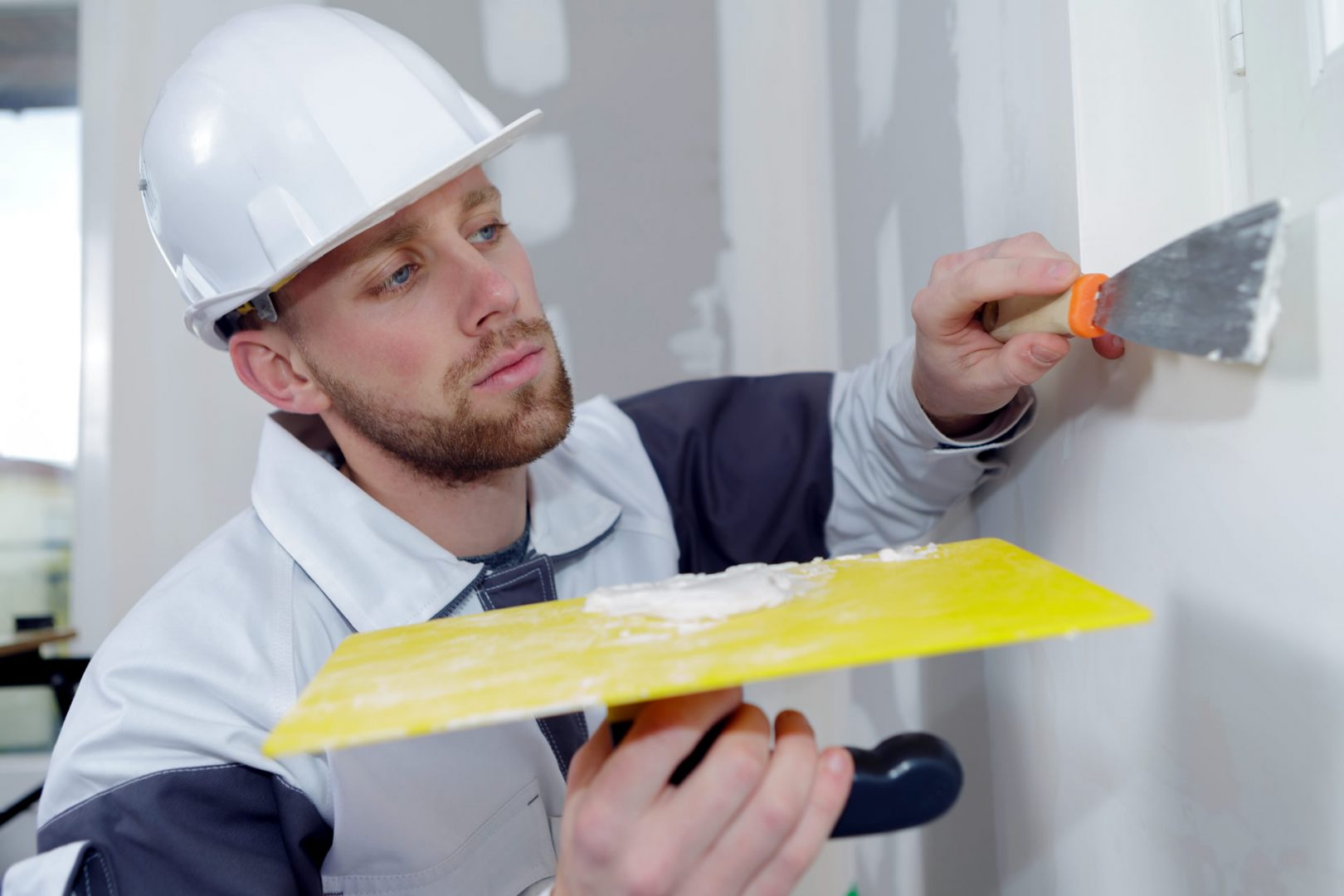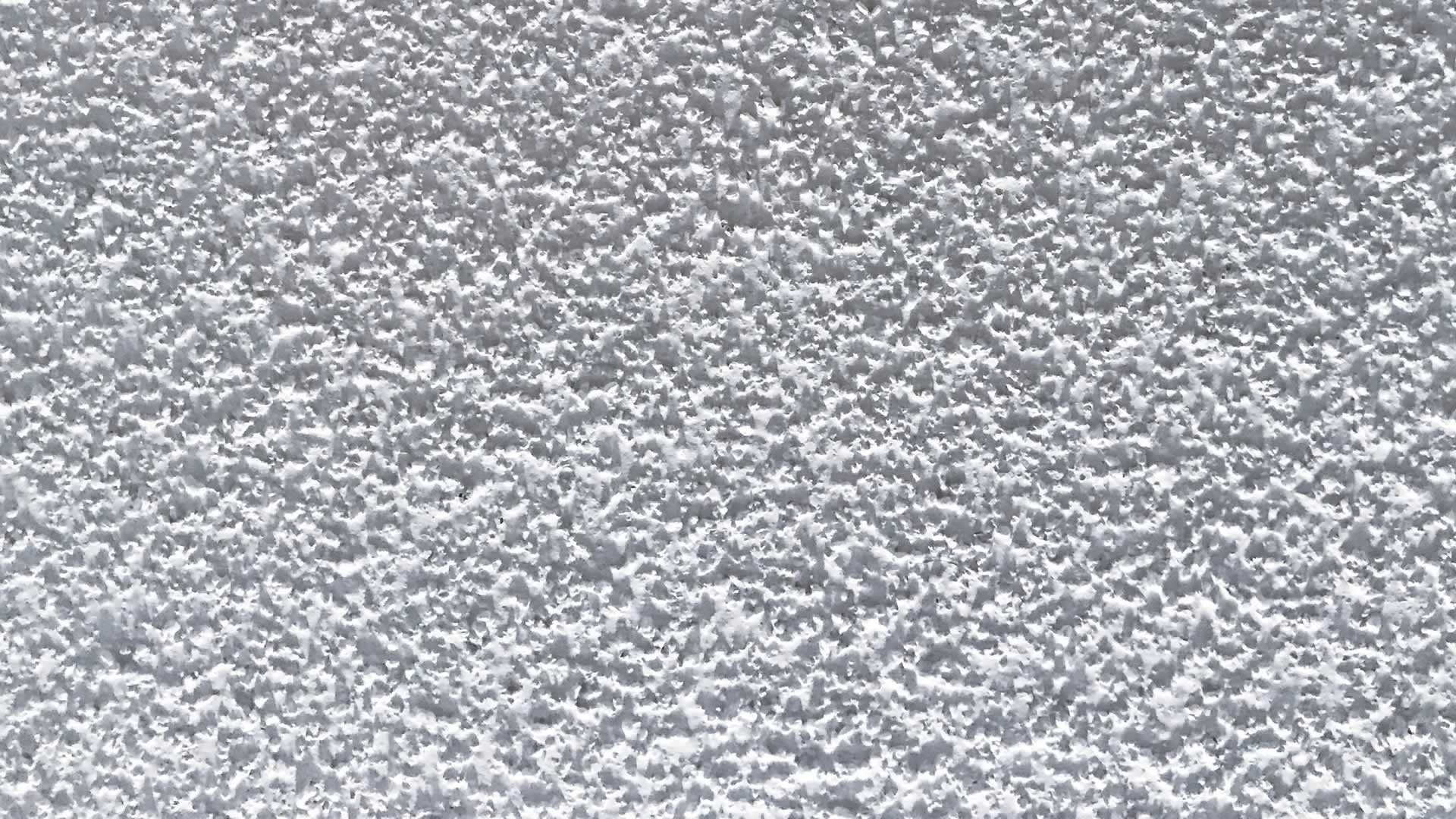If you live in a home with drywall, the odds are that you’ll need to patch a hole at some point. They happen easily. Someone opens a door too hard or a piece of furniture slips while it’s being moved and you’re staring at an open spot in your drywall. If you mount furniture with drywall anchors, or even hang pictures with nails, they’ll eventually need covering.
That’s where drywall tape and mud come in. With a little finesse and a few minutes, you can cover the imperfections on your drywall and even repair sizable holes. It’s a simple enough process, and this guide will take you through it.
What’s the Difference Between Plaster and Drywall Mud?
Plaster and drywall mud (sometimes referred to as joint compound) are the two main options for drywall repairs. There are some distinct differences between the two.
- Consistency and Texture – Drywall mud has a consistency similar to cake frosting. It’s thick but goes smoothly onto the wall. Plaster, on the other hand, has a more gravel-like consistency. It’s thick and rough, due to being mixed with sand, and won’t go on quite as smoothly as drywall mud.
- Price – Drywall mud is less expensive than plaster, coming in at about half the cost. Price alone shouldn’t dictate which product you use, but if you’re on a budget and drywall mud will get your job done, it’s a strong contender in this category.
- Durability – Plaster is a bit more durable than drywall mud, but plaster is more prone to cracking and chipping since it’s more rigid.
- Dry Time – Drywall mud dries faster than plaster. Some drywall mud is dry within thirty minutes, whereas plaster can take hours to completely dry.
- Odor – Plaster has a stronger odor. If you’re just doing a small job, you probably won’t notice a smell from drywall mud. They’re both made with gypsum, but plaster contains other ingredients, too.
Advantages of Drywall Mud and Tape
 Drywall mud has a lot going for it. It’s inexpensive, which is a major bonus, and it’s easy to use. You won’t need a lot of extra tools to make repairs with mud and tape, and the whole process is very beginner-friendly. Some types of home repairs require a lot of upfront knowledge, but you can master the technique for drywall mud and tape in just a few minutes.
Drywall mud has a lot going for it. It’s inexpensive, which is a major bonus, and it’s easy to use. You won’t need a lot of extra tools to make repairs with mud and tape, and the whole process is very beginner-friendly. Some types of home repairs require a lot of upfront knowledge, but you can master the technique for drywall mud and tape in just a few minutes.
Drywall mud also dries quickly. If you’re under a time constraint or just really want to get the job finished in a day, mud and tape are the way to go. You’ll be able to apply the compound, sand, finish, and paint all in one day.
How to Mud and Tape Drywall
You don’t have to be a handyman to use the mud and tape repair method. Just grab the tools listed below and follow these steps. You’ll need:
- Drywall knives – If you have multiple spots or a bigger job, get multiple sizes
- Drywall tape – Mesh or paper
- Sandpaper
- Drywall mud – Premixed or buy powder and mix your own
Apply the First Layer
If you’re patching screw holes or nail holes, add a layer of mud across them first. Alternatively, if you chose to work with paper tape, go ahead and mud the joints first. You just need a very thin layer, so don’t go overboard.
Apply Tape
Put your tape down in the applicable area, pressing it into the wet mud. You can smooth it down with your drywall knife, too, and lightly press it down.
Dry
Once you’ve applied the tape, step back and let everything dry. Some drywall muds only take half an hour to dry, while others take longer. If you can, let it sit overnight and return to the project the next day.
Sand
After the drywall mud completely dries, take your sandpaper and get rid of any bumps or noticeable uneven areas. Don’t do too much sanding work at this point, as it could disturb the tape.
Apply the Second Layer
 Now you’re ready to apply the second layer. Take your drywall knife and add another thin layer of mud on top of the tape. Try to blend the edges as much as possible to blend the seam. If your tape is visible through the mud, you’ll need a thicker layer. This is more common with mesh tape than paper tape.
Now you’re ready to apply the second layer. Take your drywall knife and add another thin layer of mud on top of the tape. Try to blend the edges as much as possible to blend the seam. If your tape is visible through the mud, you’ll need a thicker layer. This is more common with mesh tape than paper tape.
Dry and Sand
Again, let your mud completely dry and go back in with the sandpaper. This time, smooth everything down as much as possible.
Finish the Wall
If everything looks smooth and even, it’s time to go ahead and finish your wall. You can use paint, wallpaper, or whatever you want for the final look.
Final Thoughts
Using drywall mud and tape is the quickest, most efficient way to repair and finish drywall, and it’s easy to do yourself. Just follow the steps listed above and you’re all set!
At Master Plastering Inc., we are committed to delivering top-quality plastering services to transform your property. From traditional plastering techniques to modern drywall installation, our team of skilled professionals has the expertise to tackle any project.
We use only the best materials and equipment available to ensure a flawless finish every time. Whether you need plaster repair, ceiling installation, or a complete plastering overhaul, we are here to help.
Don’t wait any longer to transform your property with beautiful, smooth walls and ceilings. Contact us today to schedule your consultation and experience the difference that our expertise and top-notch materials can make in bringing your vision to life.





